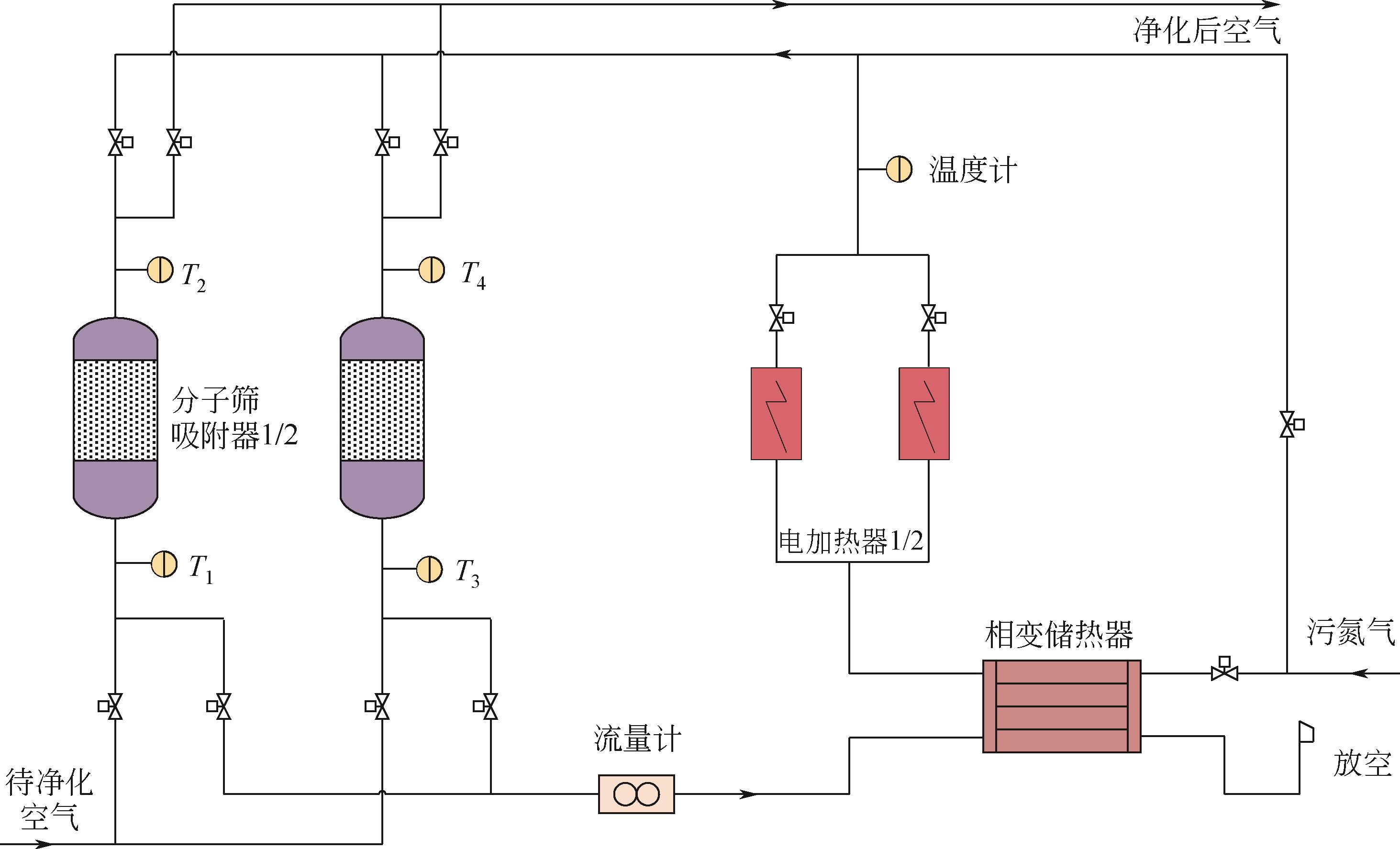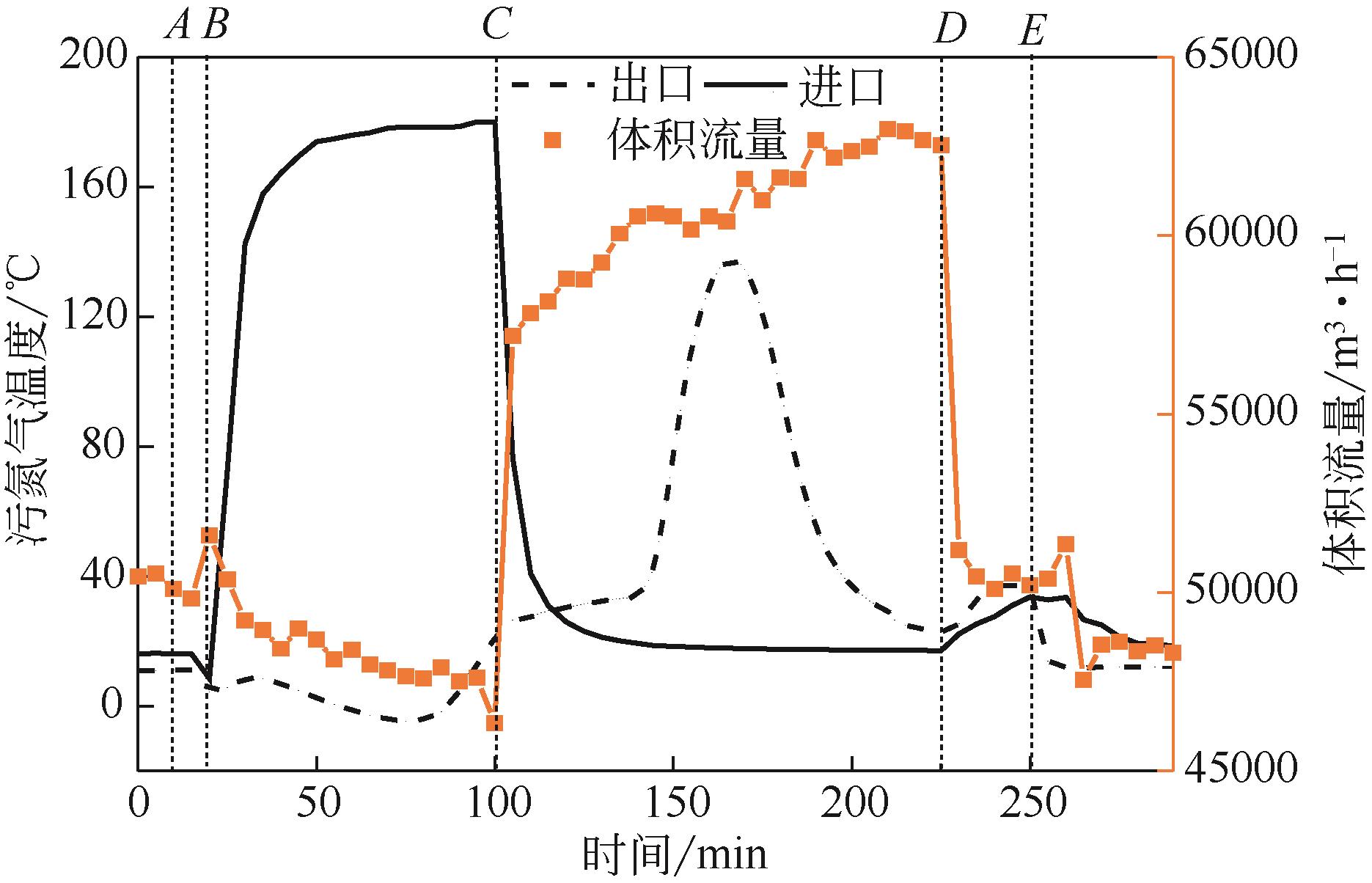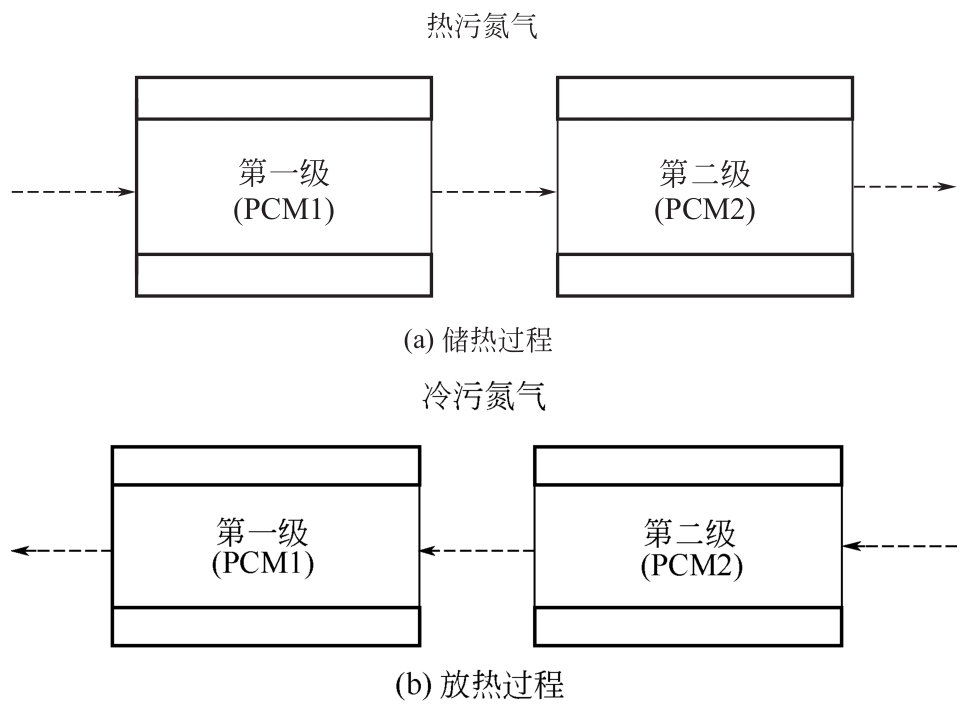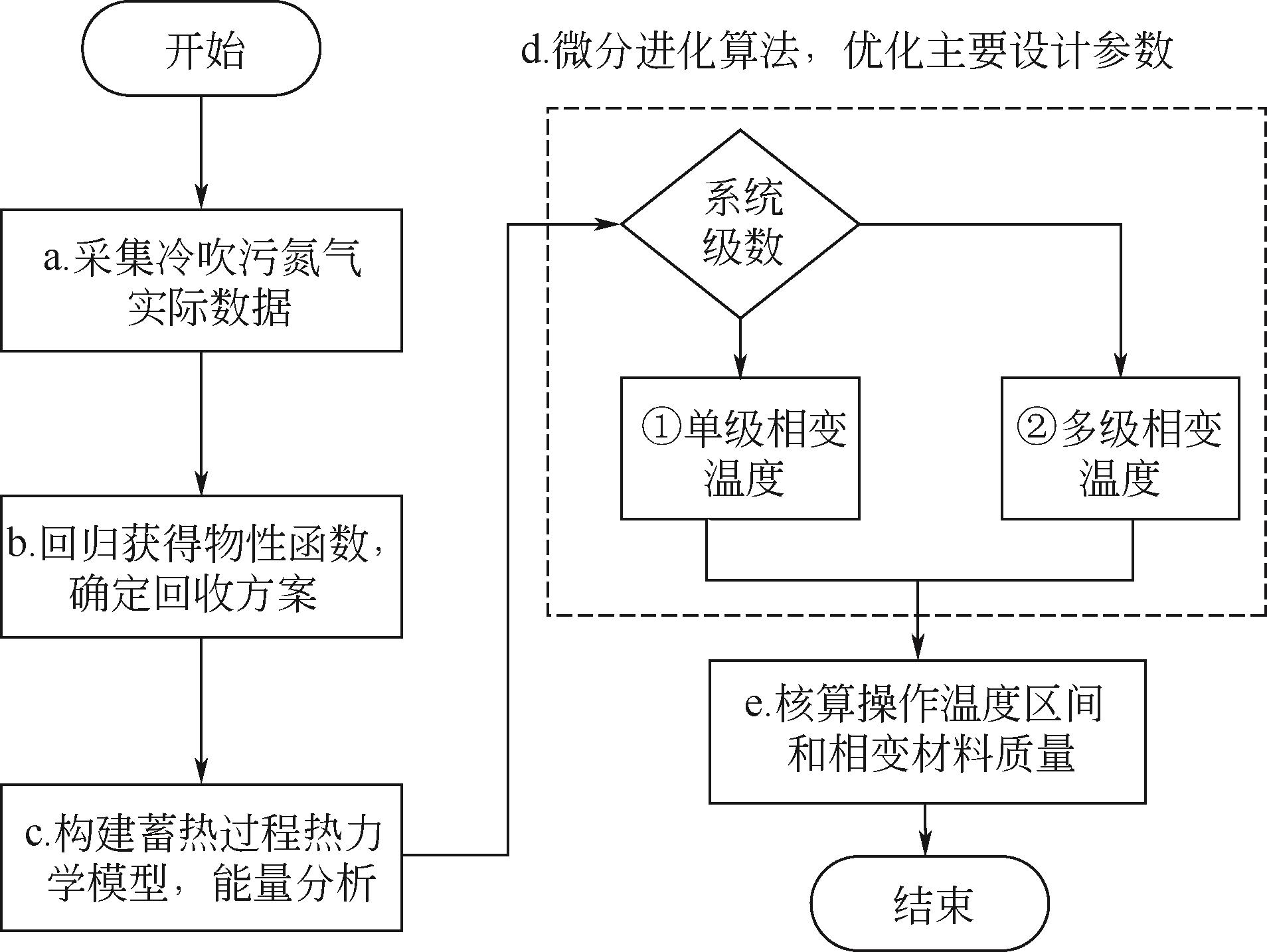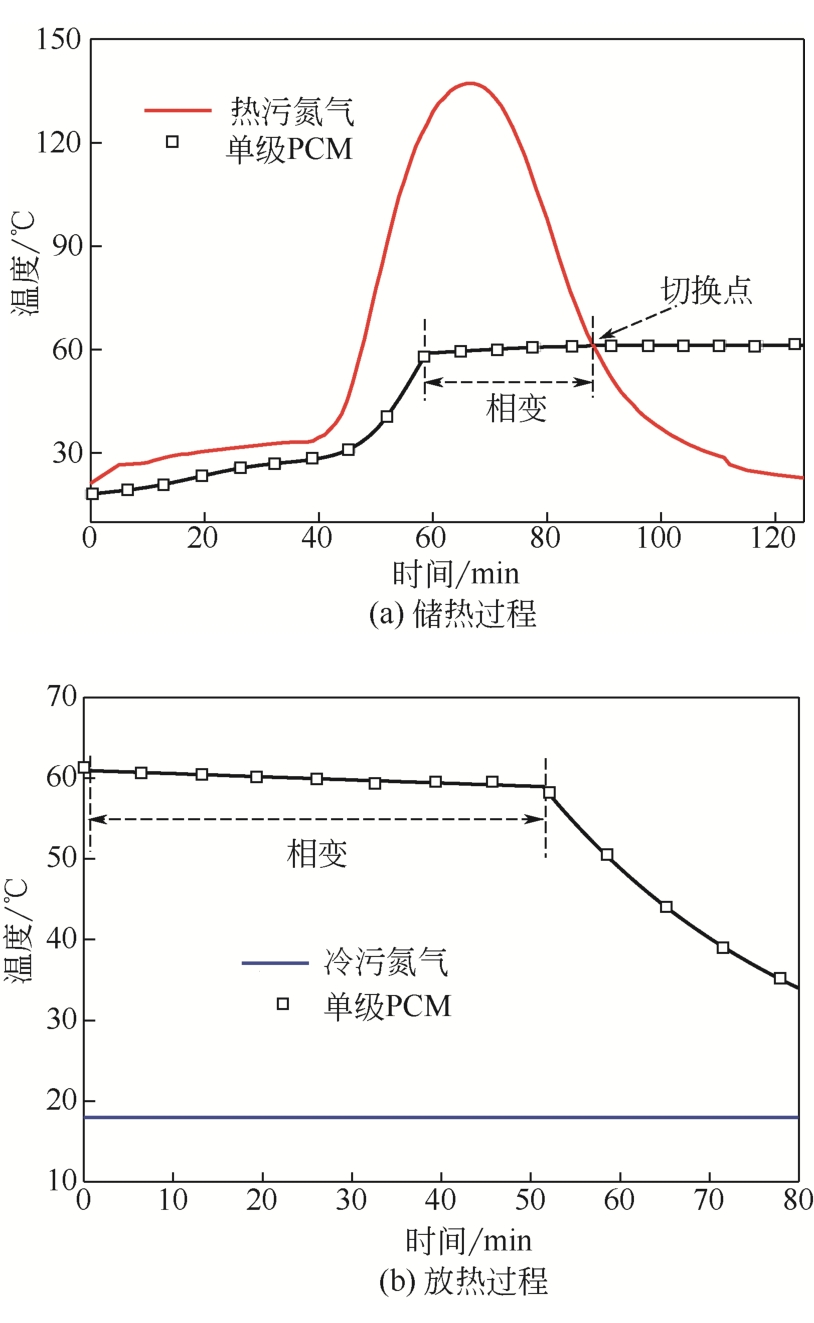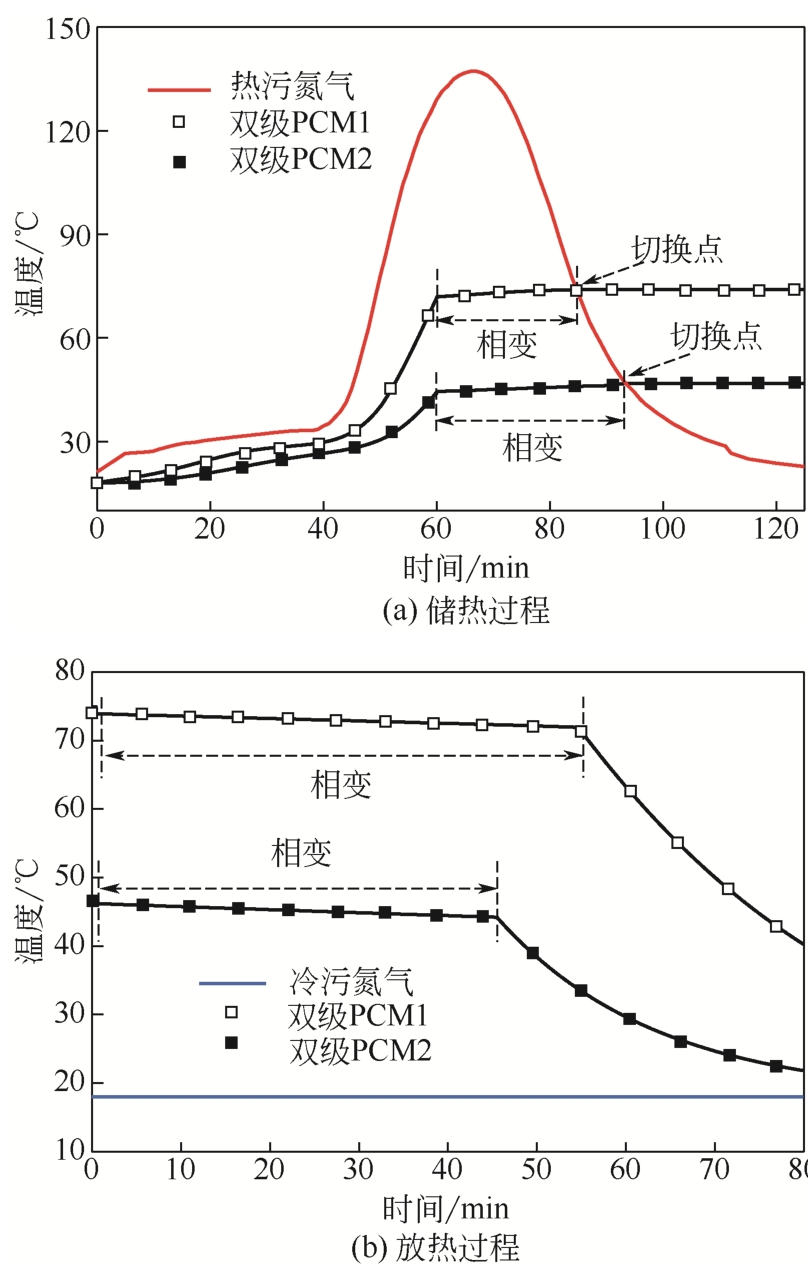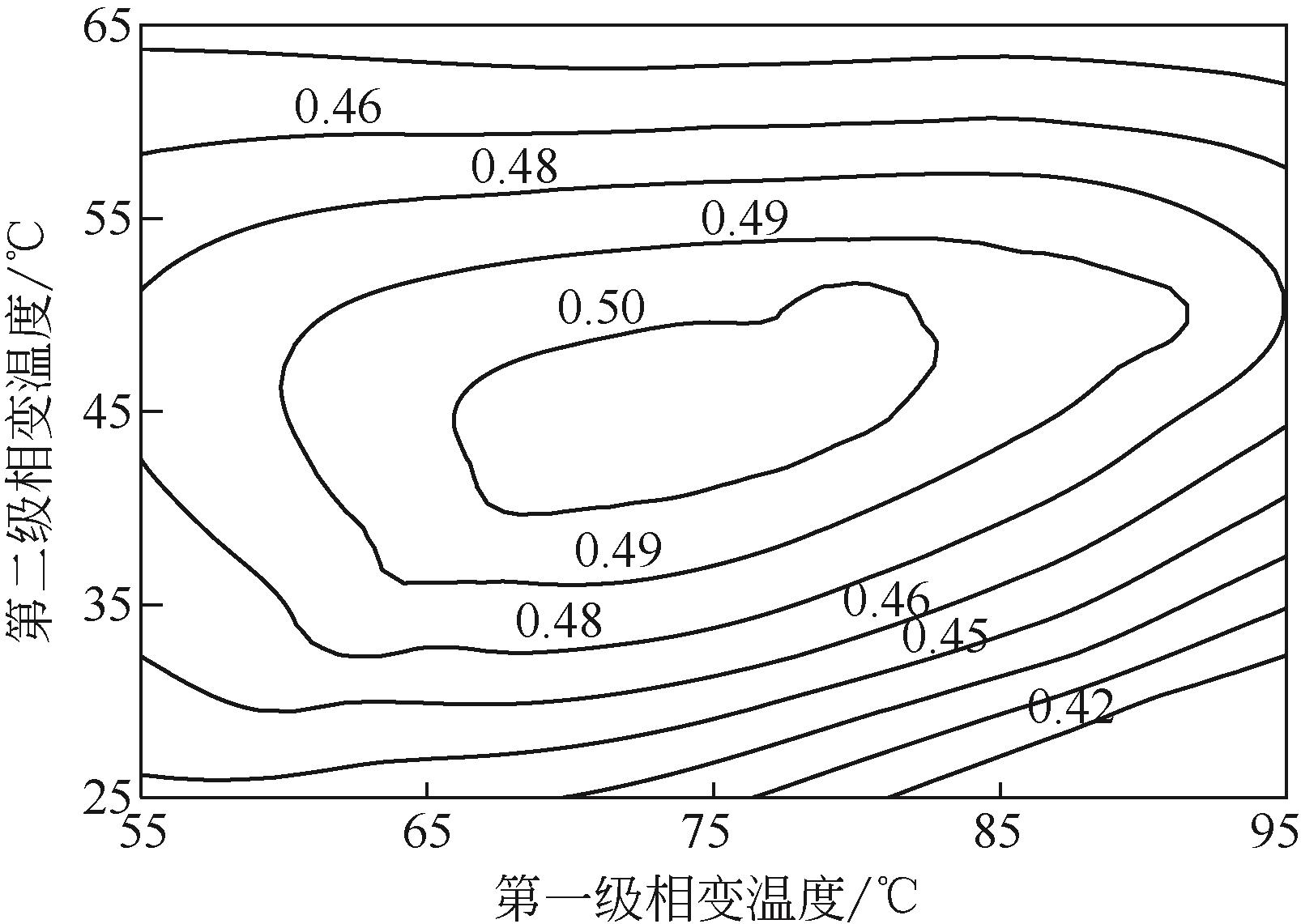| 1 |
张培昆, 王立, 刘桂芹, 等. 空分装置三吸附器 TSA 纯化系统及其节能效果分析[J]. 过程工程学报, 2009, 9(5): 932-939.
|
|
ZHANG Peikun, WANG Li, LIU Guiqin, et al. Tri-adsorber TSA purification system and its energy saving effect in air separation unit[J]. The Chinese Journal of Process Engineering, 2009, 9(5): 932-939.
|
| 2 |
BATHEN D. Physical waves in adsorption technology—an overview[J]. Separation and Purification Technology, 2003, 33(2): 163-177.
|
| 3 |
李兴伟. 变压吸附空分用酚醛树脂基炭分子筛的制备[D]. 大连: 大连理工大学, 2016.
|
|
LI Xingwei. Preparation of phenol formaldehyde resin-based carbon molecular sieves for air separation by PSA[D]. Dalian: Dalian University of Technology, 2016.
|
| 4 |
AHN H, LEE C H. Adsorption dynamics of water in layered bed for air-drying tsa process[J]. AIChE Journal, 2003, 49(6): 1601-1609.
|
| 5 |
张学军, 陆军亮, 邱利民, 等. 一种回热型 TSA 空分纯化再生系统的节能效果分析[J]. 工程热物理学报, 2014, 35(2): 209-212.
|
|
ZHANG Xuejun, LU Junliang, QIU Limin, et al. An energy-saving analysis for a regenerative TSA air separation prepurification regeneration system[J]. Journal of Engineering Thermophysics, 2014, 35(2): 209-212.
|
| 6 |
Al-Maghalseh M, Mahkamov K. Methods of heat transfer intensification in PCM thermal storage systems[J]. Renewable and Sustainable Energy Reviews, 2018, 92: 62-94.
|
| 7 |
AGYENIM F, HEWITT N, EAMES P, et al. A review of materials, heat transfer and phase change problem formulation for latent heat thermal energy storage systems (LHTESS)[J]. Renewable and Sustainable Energy Reviews, 2010, 14(2): 615-628.
|
| 8 |
MERLIN K, SOTO J, DELAUNAY D, et al. Industrial waste heat recovery using an enhanced conductivity latent heat thermal energy storage[J]. Applied Energy, 2016, 183: 491-503.
|
| 9 |
ROYO P, ACEVEDO L, FERREIRA V J, et al. High-temperature PCM-based thermal energy storage for industrial furnaces installed in energy-intensive industries[J]. Energy, 2019, 173: 1030-1040.
|
| 10 |
XU H J, ZHAO C Y. Thermal performance of cascaded thermal storage with phase-change materials (PCMs). Part I: Steady cases[J]. International Journal of Heat and Mass Transfer, 2017, 106: 932-944.
|
| 11 |
XU H J, ZHAO C Y. Thermal efficiency analysis of the cascaded latent heat/cold storage with multi-stage heat engine model[J]. Renewable Energy, 2016, 86: 228-237.
|
| 12 |
TAO Y B, HE Y L, LIU Y K, et al. Performance optimization of two-stage latent heat storage unit based on entransy theory[J]. International Journal of Heat and Mass Transfer, 2014, 77: 695-703.
|
| 13 |
WANG C, ZHU Y. Optimization of double-stage latent heat storage unit in whole cycle with entransy analysis[J]. International Journal of Heat and Mass Transfer, 2017, 114: 1013-1024.
|
| 14 |
王慧儒, 吴慧英. 最小热阻原理在组合式相变材料蓄热过程优化中的应用[J]. 科学通报, 2015, 60(34): 3377-3385.
|
|
WANG Huiru, WU Huiying. Application of minimum thermal resistance principle in optimization for melting process with multiple PCMs[J]. Chinese Science Bulletin, 2015, 60(34): 3377-3385.
|
| 15 |
XU H J, ZHAO C Y. Thermal performance of cascaded thermal storage with phase-change materials (PCMs). Part Ⅱ: Unsteady cases[J]. International Journal of Heat and Mass Transfer, 2017, 106: 932-944.
|
| 16 |
CHENG X, ZHAI X. Thermal performance analysis and optimization of a cascaded packed bed cool thermal energy storge unit using multiple phasechange materials[J]. Applied Energy, 2018, 215: 566-576.
|
| 17 |
WANSASEUB K, PHOLDEE N, BUREERAT S. Optimal U-shaped baffle square-duct heat exchanger through surrogate-assisted self-adaptive differential evolution with neighbourhood search and weighted exploitation-exploration[J]. Applied Thermal Engineering, 2017, 118: 455-463.
|
| 18 |
ALI M M, ZHU W X. A penalty function-based differential evolution algorithm for constrained global optimization[J]. Computational Optimization and Applications, 2013, 54(3): 707-739.
|
| 19 |
YADAV A, SAMIR S. Experimental and numerical investigation of spatiotemporal characteristics of thermal energy storage system in a rectangular enclosure[J]. Journal of Energy Storage, 2019, 21: 405-417.
|
 ), ZHANG Xuejun1,2(
), ZHANG Xuejun1,2( ), ZHAO Yang1,2
), ZHAO Yang1,2
